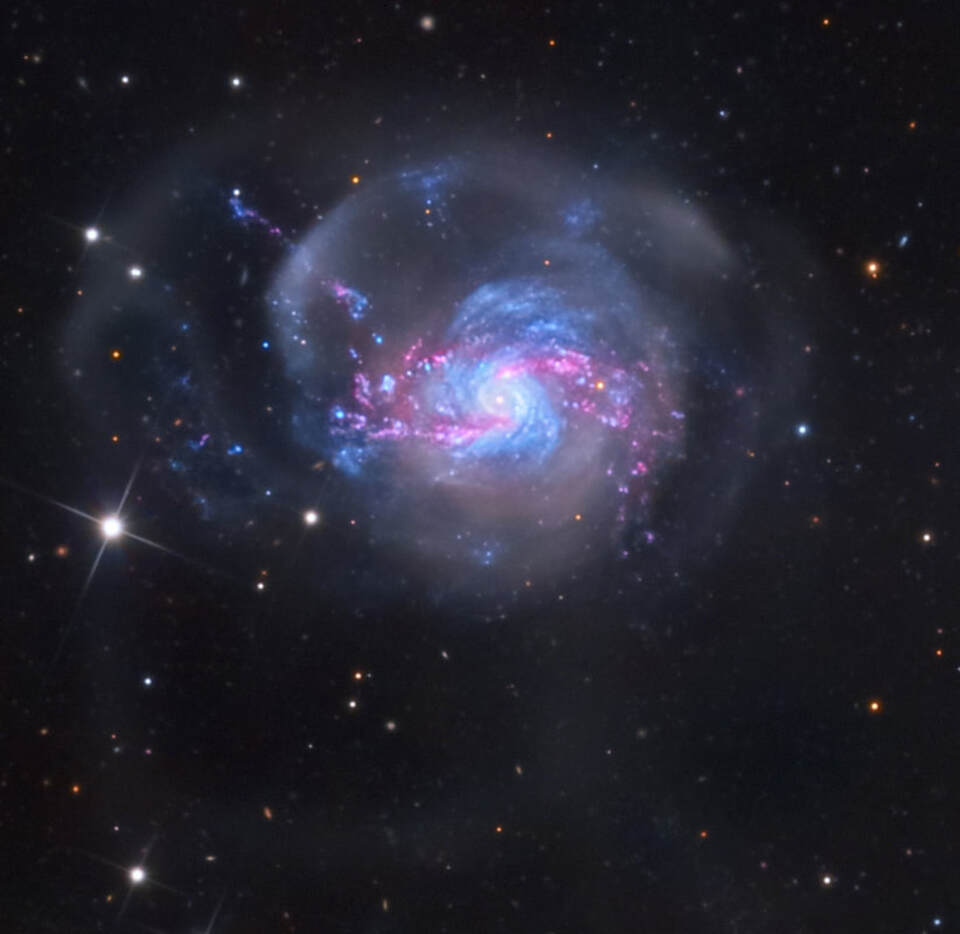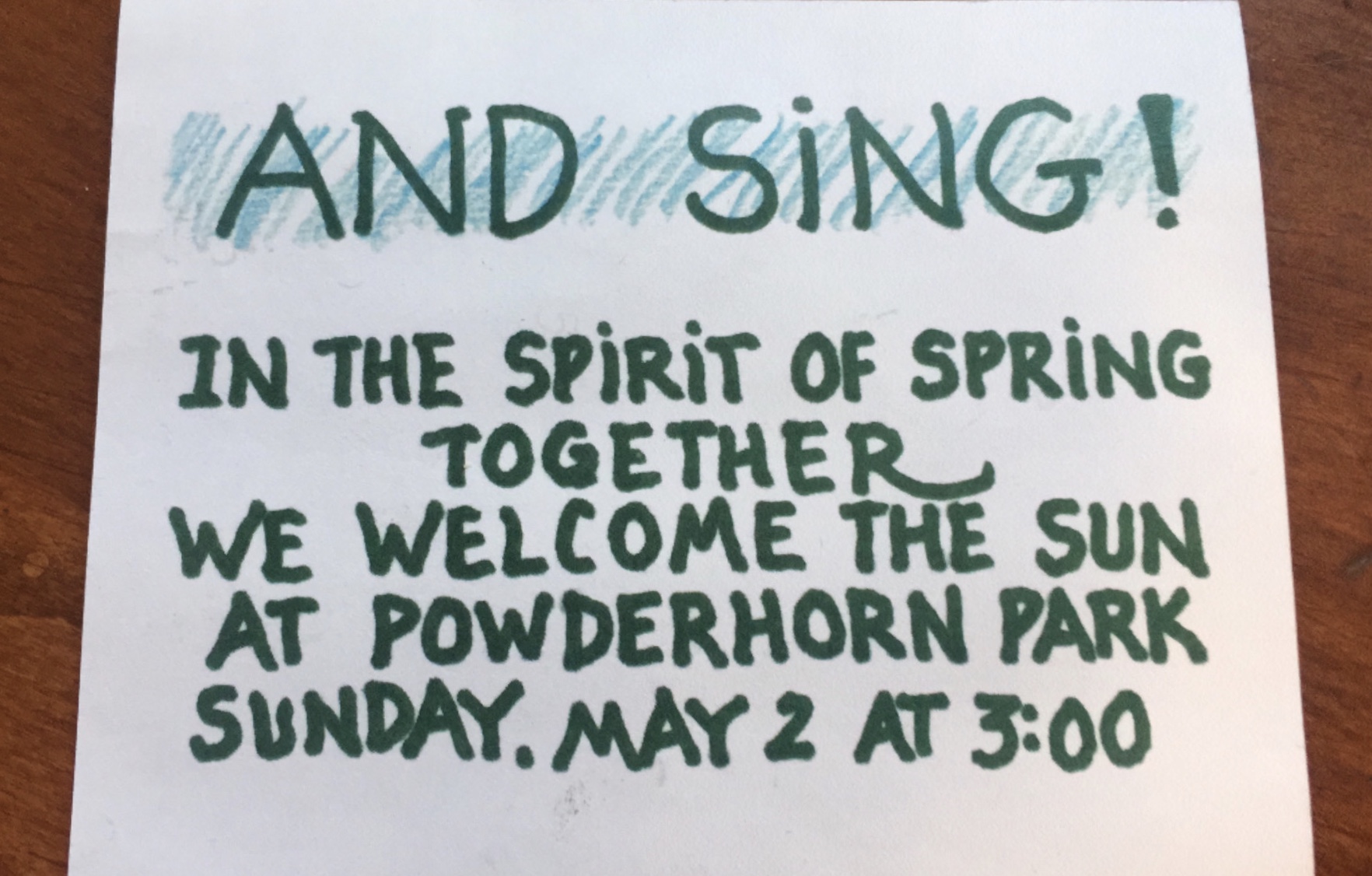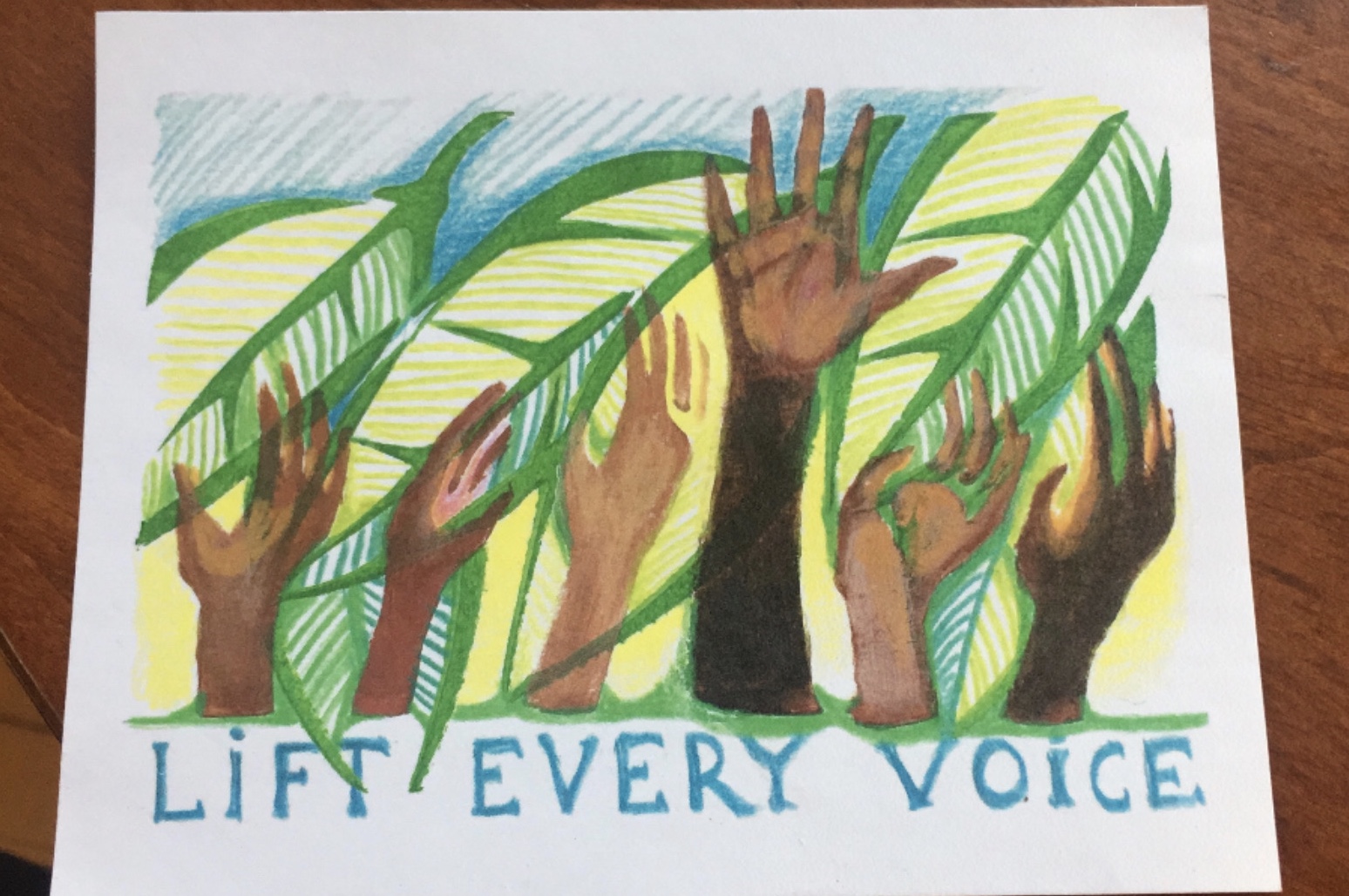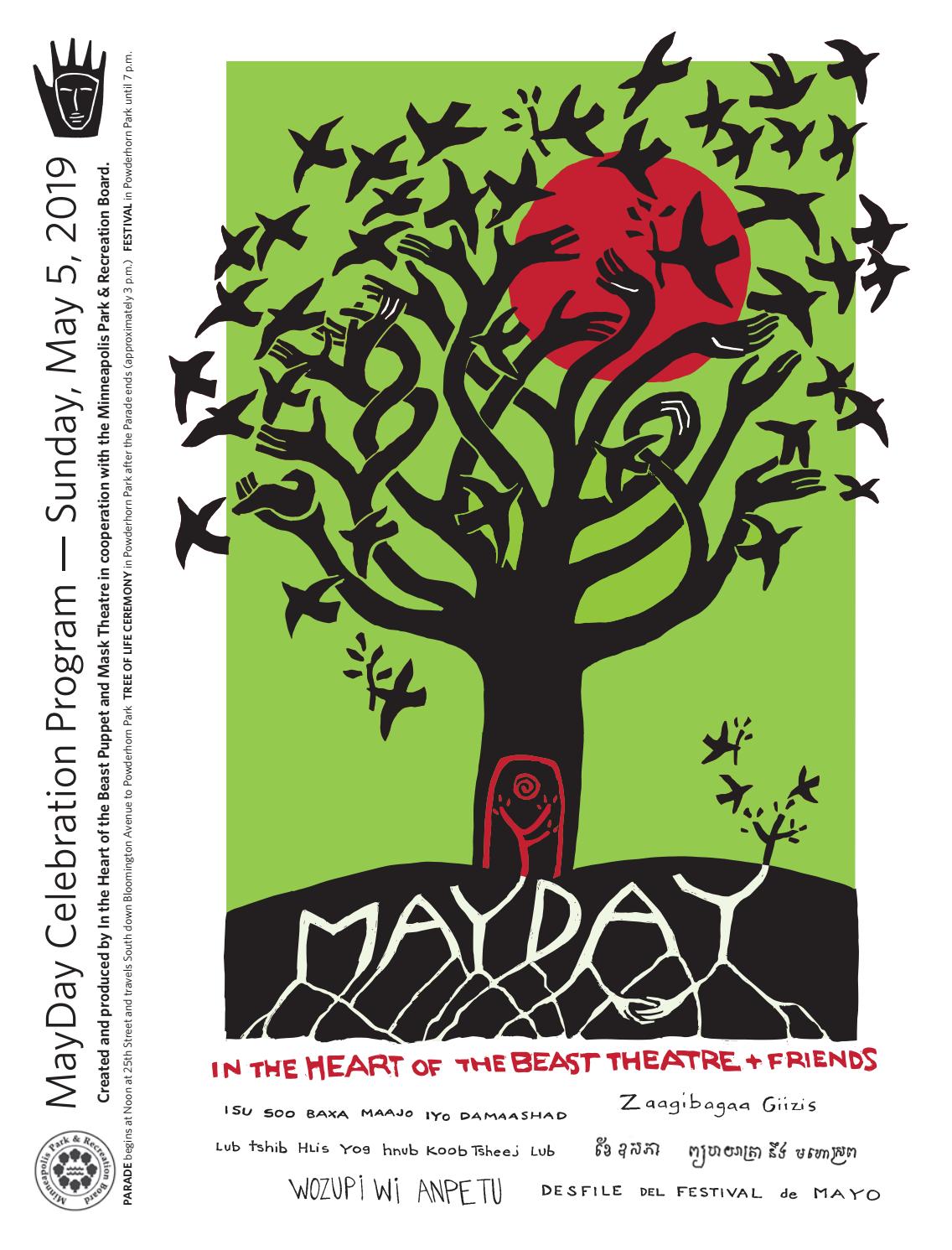Blog
Marion Walter Jacobs (May 1, 1930 – February 15, 1968), known as Little Walter, was an American blues musician, singer, and songwriter, whose revolutionary approach to the harmonica had a strong impact on succeeding generations, earning him comparisons to such seminal artists as Django Reinhardt, Charlie Parker and Jimi Hendrix. His virtuosity and musical innovations fundamentally altered many listeners’ expectations of what was possible on blues harmonica. He was inducted into The Rock and Roll Hall of Fame in 2008, the first and, to date, only artist to be inducted specifically as a harmonica player.
Jacobs’ date of birth is usually given as May 1, 1930, in Marksville, Louisiana. He was born without a birth certificate and when he applied for a Social Security card in 1940, his birthdate was listed as May 1, 1923 (over the years he often gave different years, but May 1 was constant. In some other documents he filled out before reaching the age of majority he indicated birth years of 1925 and 1928, probably to appear to be of legal age to sign contracts for recordings and club work. After reaching the age of majority based on a birth year of 1930, he consistently gave his birth year as 1930). He was raised in Rapides Parish, Louisiana, where he learned to play the harmonica. He quit school and by the age of 12 had left rural Louisiana and travelled, working odd jobs and busking on the streets of New Orleans, Memphis, Helena and West Helena, Arkansas, and St. Louis. He honed his musical skills on harmonica and guitar, performing with older bluesmen including Sonny Boy Williamson II, Sunnyland Slim, Honeyboy Edwards, and others. A few months after returning from his second European tour, Little Walter was involved in a fight while taking a break from a performance at a nightclub on the South Side of Chicago. He apparently sustained only minor injuries in this altercation, but they aggravated the damage he had suffered in previous violent encounters, and he died in his sleep at the apartment of a girlfriend, at 209 East 54th Street in Chicago early the following morning. The official cause of death stated on Little Walter’s death certificate was coronary thrombosis (a blood clot in the heart); evidence of external injuries was so insignificant that the police reported that his death was due to “unknown or natural causes”, and no external injuries were noted on the death certificate. His body was buried at St. Mary’s Cemetery, in Evergreen Park, Illinois, on February 22, 1968. Little Walter’s grave remained unmarked until 1991, when fans Scott Dirks and Eomot Rasun had a marker designed and installed.
more...Floyd “Candy” Johnson (May 1, 1922 in Madison, Illinois – June 28, 1981 in Framingham, Massachusetts) was an American jazz saxophonist.
Johnson started on drums before moving to saxophone. His professional career began in St. Louis, where he was a member of a group led by Chuck Finney. He attended Wilberforce University until the draft intervened. After his service, he played in bands led by Ernie Fields, Tiny Bradshaw, and Andy Kirk. With the Kirk orchestra he recorded for Decca Records. He cites Ben Websteras his biggest influence. Johnson preferred candy to alcohol, so a band member started calling him “Candy”. In Detroit he started a band called the Peppermint Sticks. One musician recalled that the band dressed in candy-striped suits, and sometimes Johnson tossed peppermint sticks to the crowd.
In 1951 he was a member of the Count Basie Orchestra, recording with Basie for Clef Records, then began working in more of a rhythm and blues vein with Bill Doggett. The band had hits with “Blip Blop”, “Honky Tonk”, and “Night Train“. He left Doggett in the 1960s to study music at Bowling Green State University.
more...NGC 3898 is a spiral galaxy in the constellation Ursa Major. It was discovered by William Herschel on April 14, 1789.

Barrington Ainsworth Levy (born 30 April 1964) is a Jamaican reggae and dancehall artist.
Levy was born in Clarendon, Jamaica. He formed a band called the Mighty Multitude, with his cousin, Everton Dacres; the pair released “My Black Girl” in 1977. Levy established his solo career the next year with “A Long Time Since We Don’t Have No Love”; though the single was a failure, the fourteen-year-old was a popular performer at Jamaican dancehalls. In an August 2014 interview with Midnight Raver, record producer Delroy Wright revealed that it was his brother Hyman Wright who first met Barrington Levy in the mid-1970s through Wade “Trinity” Brammer. According to Delroy Wright, Hyman Wright recorded a host of tracks with Barrington Levy prior to introducing him to Henry “Junjo” Lawes. These tracks would eventually appear on the album Bounty Hunter, which was released on the Jah Life record label. Both record producers recorded several singles with the Roots Radics, including “Al Yah We Deh”, “Looking My Love”, “Englishman”, “Skylarking”, “Wedding Ring Aside” and “Collie Weed”, all of which became hits and established Levy’s career. Levy’s next few singles were similarly successful, including “Shine Eye Girl”, “Wicked Intention”, “Jumpy Girl”, “Disco Music”, “Reggae Music”, “Never Tear My Love Apart”, “Jah”, “You Made Me So Happy” and “When You’re Young and in Love”. Levy then recorded several duets with Toyan, Jah Thomas and Trinity, and appeared at Reggae Sunsplash in 1980 and 1981. Although albumswere not terribly important in Jamaica at the time, Levy released four albums before 1980: Shaolin Temple, Bounty Hunter, Shine Eye Gal (United Kingdom) and Englishman, a critically acclaimed record. His success led to many earlier studio and sound system performances being reissued without his consent, releases he described as “joke business”.
more...Joseph Thomas “Coke” Escovedo (April 30, 1941 – July 13, 1986) was an American percussionist, who came from a prominent musical family including five musician brothers and his niece, Sheila E. He played in various genres, including R&B, jazz fusion and soul, with bands including Santana, Malo, Cal Tjader, and Azteca.
Escovedo was born in Los Angeles, California, the son of Pedro Escovedo, a plumber and amateur musician, who had immigrated from Mexico at age 12, and Anita (née Valenzuela). Escovedo grew up in the East Bay region of the San Francisco Bay Area. He developed an early interest in jazzand Latin music through exposure gained from his father Pedro, an aspiring big band singer, and eventually gravitated to drums and Latin percussion. Coke’s older brother, fellow percussionist Pete Escovedo, recruited Escovedo for a local Latin jazz combo led by pianist Carlos Federico. The Federico combo evolved into the Escovedo Brothers Band, which also counted Pete, bassist brother Phil Escovedo, saxophonist-flautist Mel Martin and trombonist Al Bent among its regular members.
more...Percy Heath (April 30, 1923 – April 28, 2005) was an American jazz bassist, brother of saxophonist Jimmy Heath and drummer Albert Heath, with whom he formed the Heath Brothers in 1975. Heath played with the Modern Jazz Quartet throughout their long history and also worked with Miles Davis, Dizzy Gillespie, Charlie Parker, Wes Montgomery, and Thelonious Monk.
Heath was born in Wilmington, North Carolina, and spent his childhood in Philadelphia. His father played the clarinet and his mother sang in the church choir. He started playing violin at the age of eight and also sang locally. He was drafted into the Army in 1944, becoming a member of the Tuskegee Airmen, but saw no combat.
Deciding after the war to go into music, he bought a stand-up bass and enrolled in the Granoff School of Music in Philadelphia. Soon he was playing in the city’s jazz clubs with leading artists. In Chicago in 1948, he recorded with his brother on a Milt Jackson album as members of the Howard McGheeSextet. After moving to New York in the late 1940s, Percy and Jimmy Heath found work with Dizzy Gillespie‘s groups. Around this time, he was also a member of Joe Morris‘s band, together with Johnny Griffin.
It transpired that other members of the Gillespie big band, pianist John Lewis, drummer Kenny Clarke, Milt Jackson, and bassist Ray Brown, decided to form a permanent group; they were already becoming known for their interludes during Gillespie band performances that, as AllMusic.com says, gave the rest of the band much-needed set breaks—that would eventually become known as the Modern Jazz Quartet (MJQ). When Brown left the group to join his wife Ella Fitzgerald‘s band, Heath joined and the group was officially begun in 1952, with Connie Kay replacing Clarke soon afterward. The MJQ played regularly until it disbanded in 1974; it reformed in 1981 and last recorded in 1993.
more...Richard Henryk Twardzik (April 30, 1931 – October 21, 1955) was an American jazz pianist who worked in Boston for most of his career.
Twardzik trained in classical piano as a child and made his professional debut at the age of fourteen. He was taught by Margaret Chaloff, the mother of baritone saxophone player Serge Chaloff. Twardzik recorded with Serge Chaloff and with Charlie Mariano. He worked with Charlie Parker on several occasions toward the end of Parker’s life. Twardzik also played professionally with Chet Baker and Lionel Hampton. He recorded with Baker and Chaloff in 1954 and 1955. In his teen years Twardzik became addicted to heroin. He died from a heroin overdose while on tour with Chet Baker in Europe.
more...Frankie Lee Sims (April 30, 1917, New Orleans, Louisiana – May 10, 1970, Dallas, Texas) was an American singer-songwriter and electric blues guitarist. He released nine singles during his career, one of which, “Lucy Mae Blues” (1953), was a regional hit. Two compilation albums of his work were released posthumously.
Sims was the cousin of another Texas blues musician, Lightnin’ Hopkins, and he worked with several other prominent blues musicians, including Texas Alexander, T-Bone Walker, King Curtis and Albert Collins. Sims is regarded as one of the important figures in postwar Texas country blues.
more...Alegrías (Spanish pronunciation: [aleˈɣɾi.as]) is a flamenco palo or musical form, which has a rhythm consisting of 12 beats. It is similar to Soleares. Its beat emphasis is as follows: 1 2 [3] 4 5 [6] 7 [8]9 [10] 11 [12]. Alegrías originated in Cádiz. Alegrías belongs to the group of palos called Cantiñas and it is usually played in a lively rhythm (120-170 beats per minute). The livelier speeds are chosen for dancing, while quieter rhythms are preferred for the song alone.
One of the structurally strictest forms of flamenco, a traditional dance in alegrías must contain each of the following sections: a salida (entrance), paseo (walkaround), silencio (similar to an adagio in ballet), castellana (upbeat section) zapateado (Literally “a tap of the foot”) and bulerías. This structure though, is not followed when alegrías are sung as a standalone song (with no dancing). In that case, the stanzas are combined freely, sometimes together with other types of cantiñas.
more...NGC 3310 is a grand design spiral galaxy in the constellation Ursa Major. It is a starburst galaxy and it is likely that NGC 3310 collided with one of its satellite galaxies about 100 million years ago, triggering widespread star formation. It is thought to be located approximately 46 million light-years away from the Earth, and is thought to be about 22,000 light-years wide. The ring clusters of NGC 3310 have been undergoing starburst activity for at least the last 40 million years.

Willie Hugh Nelson (born April 29, 1933) is an American musician, actor, and activist. The critical success of the album Shotgun Willie (1973), combined with the critical and commercial success of Red Headed Stranger (1975) and Stardust (1978), made Nelson one of the most recognized artists in country music. He was one of the main figures of outlaw country, a subgenre of country music that developed in the late 1960s as a reaction to the conservative restrictions of the Nashville sound. Nelson has acted in over 30 films, co-authored several books, and has been involved in activism for the use of biofuels and the legalization of marijuana.
Born during the Great Depression and raised by his grandparents, Nelson wrote his first song at age seven and joined his first band at ten. During high school, he toured locally with the Bohemian Polka as their lead singer and guitar player. After graduating from high school in 1950, he joined the U.S. Air Force but was later discharged due to back problems. After his return, Nelson attended Baylor University for two years but dropped out because he was succeeding in music. During this time, he worked as a disc jockey in Texas radio stations and a singer in honky-tonks. Nelson moved to Vancouver, Washington, where he wrote “Family Bible” and recorded the song “Lumberjack” in 1956. He also worked as a disc jockey at various radio stations in Vancouver and nearby Portland, Oregon. In 1958, he moved to Houston, Texas, after signing a contract with D Records. He sang at the Esquire Ballroom weekly and he worked as a disc jockey. During that time, he wrote songs that would become country standards, including “Funny How Time Slips Away“, “Hello Walls“, “Pretty Paper“, and “Crazy“. In 1960 he moved to Nashville, Tennessee, and later signed a publishing contract with Pamper Music which allowed him to join Ray Price’s band as a bassist. In 1962, he recorded his first album, …And Then I Wrote. Due to this success, Nelson signed in 1964 with RCA Victor and joined the Grand Ole Opry the following year. After mid-chart hits in the late 1960s and the early 1970s, Nelson retired in 1972 and moved to Austin, Texas. The ongoing music scene of Austin motivated Nelson to return from retirement, performing frequently at the Armadillo World Headquarters.
In 1973, after signing with Atlantic Records, Nelson turned to outlaw country, including albums such as Shotgun Willie and Phases and Stages. In 1975, he switched to Columbia Records, where he recorded the critically acclaimed album Red Headed Stranger. The same year, he recorded another outlaw country album, Wanted! The Outlaws, along with Waylon Jennings, Jessi Colter, and Tompall Glaser. During the mid-1980s, while creating hit albums like Honeysuckle Rose and recording hit songs like “On the Road Again“, “To All the Girls I’ve Loved Before“, and “Pancho and Lefty“, he joined the country supergroup The Highwaymen, along with fellow singers Johnny Cash, Waylon Jennings, and Kris Kristofferson.
In 1990, Nelson’s assets were seized by the Internal Revenue Service, which claimed that he owed $32 million. The difficulty of paying his outstanding debt was aggravated by weak investments he had made during the 1980s. In 1992, Nelson released The IRS Tapes: Who’ll Buy My Memories?; the profits of the double album—destined to the IRS—and the auction of Nelson’s assets cleared his debt. During the 1990s and 2000s, Nelson continued touring extensively, and released albums every year. Reviews ranged from positive to mixed. He explored genres such as reggae, blues, jazz, and folk.
Nelson made his first movie appearance in the 1979 film The Electric Horseman, followed by other appearances in movies and on television. Nelson is a major liberal activist and the co-chair of the advisory board of the National Organization for the Reform of Marijuana Laws (NORML), which is in favor of marijuana legalization. On the environmental front, Nelson owns the bio-diesel brand Willie Nelson Biodiesel, which is made from vegetable oil. Nelson is also the honorary chairman of the advisory board of the Texas Music Project, the official music charity of the state of Texas.
https://www.youtube.com/watch?v=dtWqy7Lwki4
more...Ray Barretto (April 29, 1929 – February 17, 2006NY NY) was an American percussionist and bandleader of Puerto Rican ancestry. Throughout his career as a percussionist, he played a wide variety of Latin music styles, as well as Latin jazz. His first hit, “El Watusi”, was recorded by his CharangaModerna in 1962, becoming the most successful pachanga song in the United States. In the late 1960s, Barretto became one of the leading exponents of boogaloo and what would later be known as salsa. Nonetheless, many of Barretto’s recordings would remain rooted in more traditional genres such as son cubano. A master of the descarga (improvised jam session), Barretto was a long-time member of the Fania All-Stars. His success continued into the 1970s with songs such as “Cocinando” and “Indestructible.” His last album for Fania Records, Soy dichoso, was released in 1990. He then formed the New World Spirit jazz ensemble and continued to tour and record until his death in 2006.
more...
Jean-Baptiste Frédéric Isidor, Baron Thielemans (29 April 1922 – 22 August 2016), known professionally as Toots Thielemans, was a Belgian jazz musician. He was mostly known for his harmonica playing, as well as his guitar, whistling skills, and composing. According to jazz historian Ted Gioia, his most important contribution was in “championing the humble harmonica”, which Thielemans made into a “legitimate voice in jazz”. He eventually became the “preeminent” jazz harmonica player.
His first professional performances were with Benny Goodman‘s band when they toured Europe in 1949 and 1950. He emigrated to the U.S. in 1951, becoming a citizen in 1957. From 1953 to 1959 he played with George Shearing, and then led his own groups on tours in the U.S. and Europe. In 1961 he recorded and performed live one of his own compositions, “Bluesette“, which featured him playing guitar and whistling. In the 1970s and 1980s, he continued touring and recording, appearing with musicians such as Oscar Peterson, Ella Fitzgerald, Sarah Vaughan, Bill Evans, Dizzy Gillespie, Kenny Werner, Pat Metheny, Jaco Pastorius, Mina Mazzini, Elis Regina, Quincy Jones, George Shearing, Natalie Cole, Billy Joel, Paul Simon and Paquito D’Rivera.
Among the film soundtracks that Thielemans recorded are The Pawnbroker (1964), Midnight Cowboy (1969), The Getaway (1972), Cinderella Liberty(1973), The Sugarland Express (1974) and Looking for Mr. Goodbar (1977). His harmonica theme song for the popular Sesame Street TV show was heard for 40 years. He often performed and recorded with Quincy Jones, who once called him “one of the greatest musicians of our time.” In 2009 he was designated a Jazz Master by the National Endowment for the Arts, the highest honor for a jazz musician in the United States.
more...Edward Kennedy “Duke” Ellington (April 29, 1899 – May 24, 1974 DC) was an American composer, pianist, and leader of a jazz orchestra, which he led from 1923 until his death over a career spanning more than six decades.
Born in Washington, D.C., Ellington was based in New York City from the mid-1920s onward and gained a national profile through his orchestra’s appearances at the Cotton Club in Harlem. In the 1930s, his orchestra toured in Europe. Although widely considered a pivotal figure in the history of jazz, Ellington embraced the phrase “beyond category” as a liberating principle and referred to his music as part of the more general category of American Music.
Some of the jazz musicians who were members of Ellington’s orchestra, such as saxophonist Johnny Hodges, are considered among the best players in the idiom. Ellington melded them into the best-known orchestral unit in the history of jazz. Some members stayed with the orchestra for several decades. A master at writing miniatures for the three-minute 78 rpm recording format, Ellington wrote more than one thousand compositions; his extensive body of work is the largest recorded personal jazz legacy, and many of his pieces have become standards. He also recorded songs written by his bandsmen, for example Juan Tizol‘s “Caravan“, and “Perdido“, which brought a Spanish tinge to big band jazz. In the early 1940s, Ellington began a nearly thirty-year collaboration with composer-arranger-pianist Billy Strayhorn, whom he called his writing and arranging companion. With Strayhorn, he composed many extended compositions, or suites, as well as additional short pieces. Following an appearance at the Newport Jazz Festival in July 1956, Ellington and his orchestra enjoyed a major revival and embarked on world tours. Ellington recorded for most American record companies of his era, performed in and scored several films, and composed a handful of stage musicals.
Ellington was noted for his inventive use of the orchestra, or big band, and for his eloquence and charisma. His reputation continued to rise after he died, and he was awarded a posthumous Pulitzer Prize Special Award for music in 1999.
more...More Posts
- Julian Priester Day
- World Music with Paco De Lucia
- Daily Roots with Alton Ellis & the Heptones
- The Cosmos with Sharpless 2-106
- John Medeski Day
- David Honeyboy Edwards Day
- World Music with Odpoczno
- Daily Roots with Ras Tweed
- The Cosmos with M8
- Johnny “Big Moose” Walker Day
- Elmo Hope Day
- Shad Collins Day
- World Music with Eleftheria Arvanitaki
- Daily Roots with Israel Vibration
- The Cosmos with NGC 1187
- Reggie Workman Day
- Big Bill Broonzy Day
- World Music with Very Be Careful
- Daily Roots with Uwe Banton
- The Cosmos with M20



